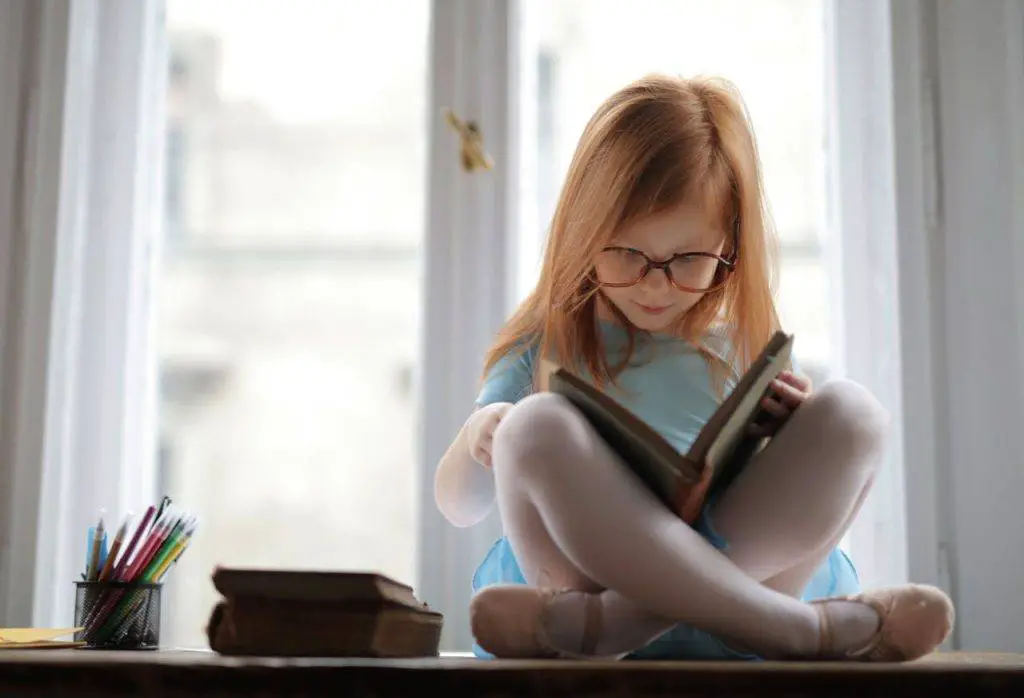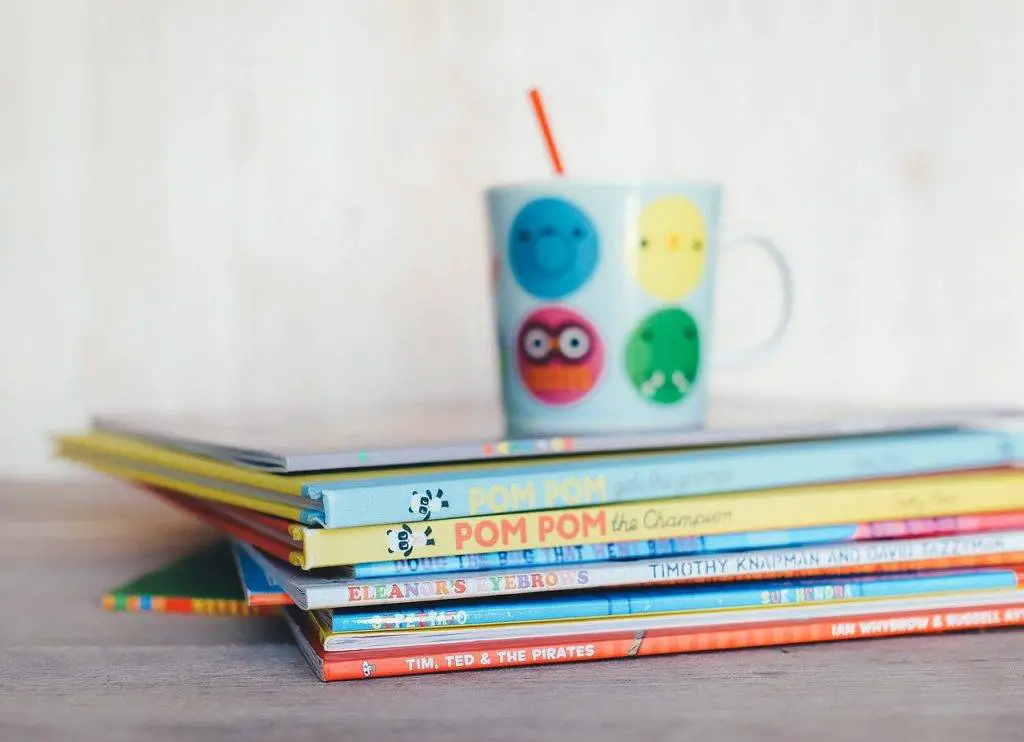Children’s literature exposes children to diverse stories and characters and helps them cultivate a better appreciation for differences in culture, race, and family structures. Children read about characters who differ from them, and they naturally start to form connections that improve their empathy and awareness.
Growing up, children need to see themselves represented in stories and learn about those who may live different lives. Understanding diverse perspectives promotes a fuller comprehension of society and contributes to building inclusive communities. Read on to learn more.

The Impact of Representation in Stories
Books that feature characters from various cultural backgrounds allow children from different ethnicities to see themselves in literature. Representation boosts self-esteem in young readers and makes them feel that their stories are worthy of being told. But know that representation goes beyond visibility. When white children read about characters of different races or backgrounds, they gain insights into experiences outside their own. Diverse books reduce biases at a young age and create a sense of belonging and acceptance.
Once children recognize that these characters face unique challenges and triumphs, they learn to empathize with different people in real life, too. Children will have more harmonious and inclusive friendships. Children should have access to diverse literature for their emotional and social development.
Innovative Resources for Finding Diverse Books
There are numerous resources available for parents and educators alike. When in doubt, look into guides exploring children’s literature and the available online resources. Websites and organizations dedicated to promoting diverse literature curate lists of recommended books that feature characters from various backgrounds.
Those looking to introduce their children to new stories and perspectives can take advantage of different resources. Local libraries host events focused on diverse literature and offer a community-centric way to explore this genre. Parents can attend these events to check out books and engage in discussions about reading habits. These interactions can lead to discovering gems of storytelling that individuals may not easily come across otherwise.
The Role of Cultural Awareness in Education
Diversity in children’s literature extends to the educational landscape. Educators should guide children’s understanding of different cultures through literature. When schools integrate a diverse array of books into their curricula, they fulfill a vital mission: promoting cultural awareness among students. It adds depth to children’s education and engages them in discussions about history, traditions, and the varied spectrums of human experience.
Literature for young readers can encourage critical thinking. Students gain fresh insights into other cultures and their contexts. Teachers can utilize these resources for discussions about equality and justice, enabling children to think critically about societal issues.
The Psychological Benefits of Diverse Literature
Engaging with diverse literature can contribute to children’s psychological growth. Stories containing varied perspectives cultivate emotional intelligence by encouraging children to empathize with characters experiencing different life circumstances. Reading about struggles faced by others related to race, disability, or socioeconomic status helps children develop a broader understanding of human emotions. This emotional processing aids in their social development and equips them with the right skills to create friendships and social interactions in the future.
Children who read diverse books are more likely to be open-minded and accepting of differences around them. Imaginative engagement with diverse characters can boost adaptability and resilience, qualities necessary for facing real-world challenges. Diverse literature is an asset for cultural learning and emotional development.
Promoting Diversity Through Family Reading Time
Family reading time presents an ideal opportunity for parents to introduce their children to diverse literature. When families engage in reading together, conversations can naturally arise regarding the themes and characters represented in the stories. With this interaction, you will build a deeper understanding and personal connection, as children can ask questions and express their feelings about what they read.
Cultivating a reading habit that embraces diversity allows family members to discover different perspectives from early on. Maybe it’s stories about a child living in another country or perhaps a family celebrating unique traditions; these narratives can open doors. Parents who read diverse books can highlight the importance of inclusivity, reinforcing the idea that various experiences enrich our world. Creating a habit of reading will guarantee that children grow up with a well-rounded view of humanity.
The Role of Librarians and Educators in Promoting Diversity
Librarians and educators should encourage diversity in children’s literature: they are key players in selecting and promoting diverse books that reflect the communities they serve. Libraries should be equipped with a varied collection that includes authors from underrepresented backgrounds. They can host book readings and workshops that emphasize diverse narratives. Such initiatives cultivate an environment where children can feel inspired to explore various cultures through literature.
Training programs focusing on diversity and inclusion can prepare educators and librarians to choose books that resonate with young readers. By placing emphasis on diverse storytelling, they can encourage children to become advocates for inclusivity as they grow older and make a positive change in society.
Encouraging Young Writers to Reflect Diversity
Diversity in children’s literature begins with encouraging young writers to express themselves. Workshops that focus on writing can inspire children to incorporate different cultural backgrounds and experiences in their storytelling. Young writers may feel empowered to share stories from their family traditions, bridging cultures and instilling pride in their heritage.
Diverse storytelling among young authors improves representation in literature and creates a loop where new readers will encounter characters they can relate to. By taking creative writing seriously, educational programs should nurture skills and emphasize inclusivity in voices. This initiative can create a robust pipeline for future authors from various backgrounds and experiences. Representing diversity in children’s writing encourages a richer literary landscape that benefits future generations.


Diversity in children’s books shapes young minds and promotes understanding and empathy. Through representation and cultural awareness, children learn to appreciate different perspectives and develop emotional intelligence. Engaging with diverse literature encourages meaningful discussions, whether at home or in classrooms.
When we empower young writers and actively seek out diverse stories, we can cultivate an inclusive literary culture. Establishing this foundation shapes thoughtful individuals and contributes to creating a more respectful society.











